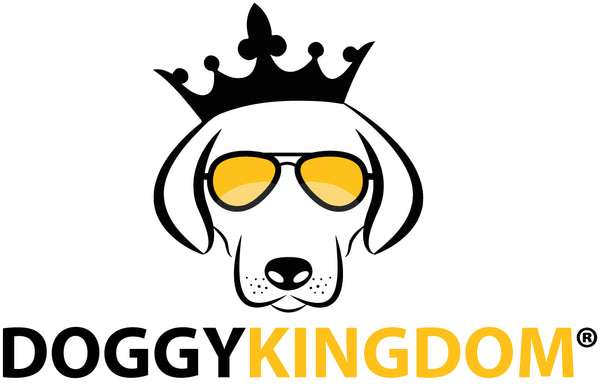Dogs and Bees: Protecting Your Canine Companion
Share
Spring and summer bring an abundance of bees which can pose a danger to your pet. Sometimes bees and dogs don’t mix. Fido is naturally curious and might try to sniff, chase, or catch the bee which can result in a painful sting.
Signs Your Dog Has Been Stung by a Bee
If your dog is playing outside, you might not actually see him get stung by a bee but there are signs that the incident has occurred. Your canine companion might suddenly yelp or cry out from the pain of the sting. He may run away from the flowerbed or location of the bee in fear. Perhaps the dog starts to lick or paw at a spot on their foot, face, or body. Usually, there is noticeable swelling. If the dog is stung on the face or mouth, then he might start to excessively drool.
Bee stings on a dog commonly occur on the following locations:
- Mouth
- Face
- Paws
What to Do If Your Dog is Stung by a Bee
If your dog is stung by a bee, you need to monitor the animal to make sure they do not experience an allergic reaction to the sting. You might want to call your veterinarian to let them know that your dog has been stung and see if they advise you to bring the animal into the clinic for observation. In most cases, if your dog does not have a history of allergic reactions, the veterinarian will advise you to watch the canine for signs of an allergic reaction before bringing him in.
Allergic Reaction to a Bee Sting in a Dog
If your dog has been stung by multiple bees or been stung in the past, then the animal might develop a more severe allergic reaction. Examine the location of the sting. Is there localized swelling? Watch the swelling to make sure it does not get too large.
If the dog is stung in the mouth, nose, or throat then make sure the swelling does not impact the dog’s breathing. If the animal starts to wheeze or gasp for oxygen, then it is imperative that you seek immediate emergency assistance.
If your dog starts to vomit five to ten minutes after being stung or displays white gums, then the animal could be entering a state of anaphylactic shock which can become life threatening if you do not seek medical help.
Other symptoms of a dangerous reaction to watch for include drooling, aggression, or agitation.
Following a bee sting, make your dog comfortable for about an hour and closely watch the animal. You can give over the counter antihistamines but be sure to ask your veterinarian for a recommended dosage.
The Area of Skin After a Sting
Usually, the area of the sting will become sensitive to the touch and slightly puffy. If the bee has left behind a stinger in the wound, then remove the stinger using a pair of tweezers. You can apply a cool, damp towel to the sting site to help ease swelling and discomfort.
Most dogs start to feel better within a few hours following a bee sting and can return to normal activity.




8 comments
Yesterday while my dog Spunky was on his leash he started going around in circles like he was running away from himself. I started looking at his backside since he had just gone poop. He is a Japanese Chin so he has lots of hair. I started brushing him with my hand and a bumble bee fell to the ground. I don’t think Spunky got stung as he was fine afterwards but he definitely felt it moving around.
thks 4 sharing
thks 4 sharing